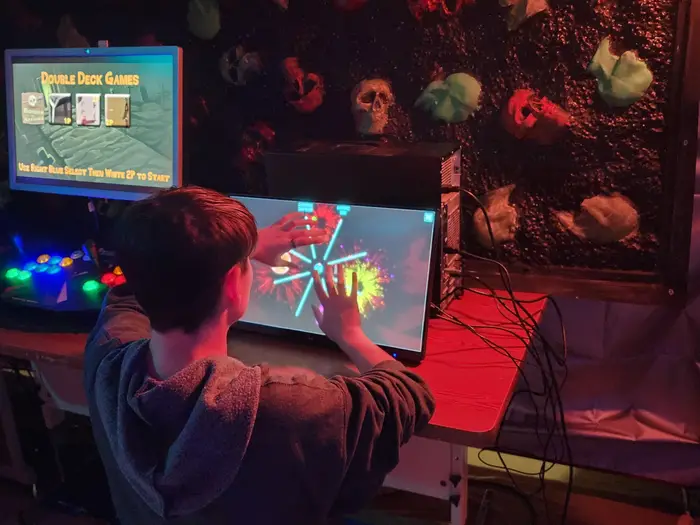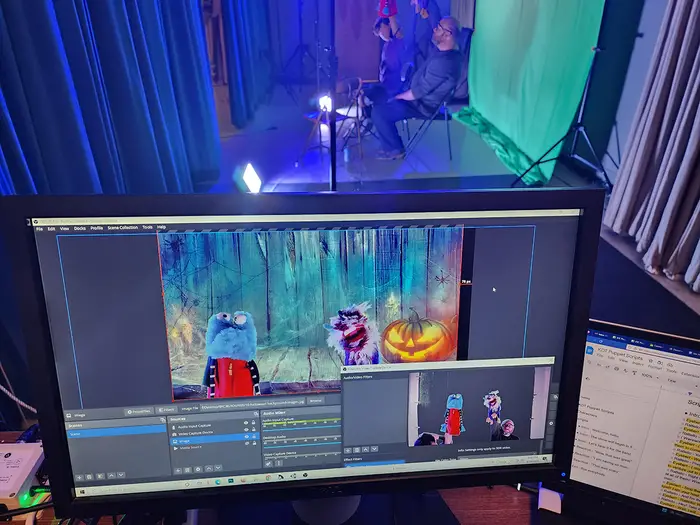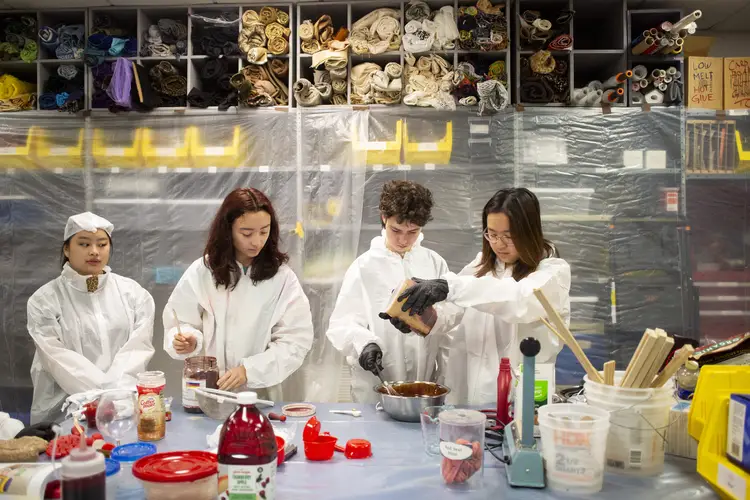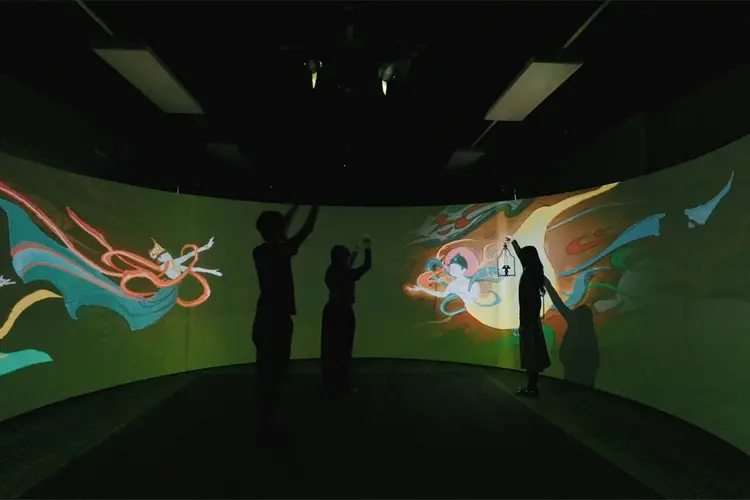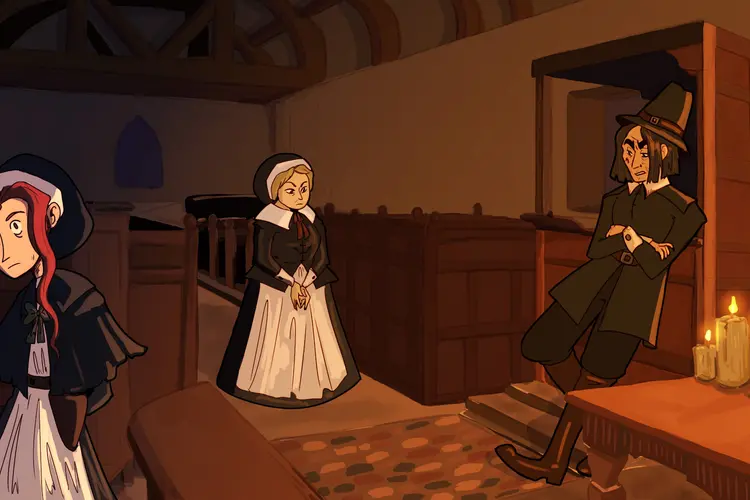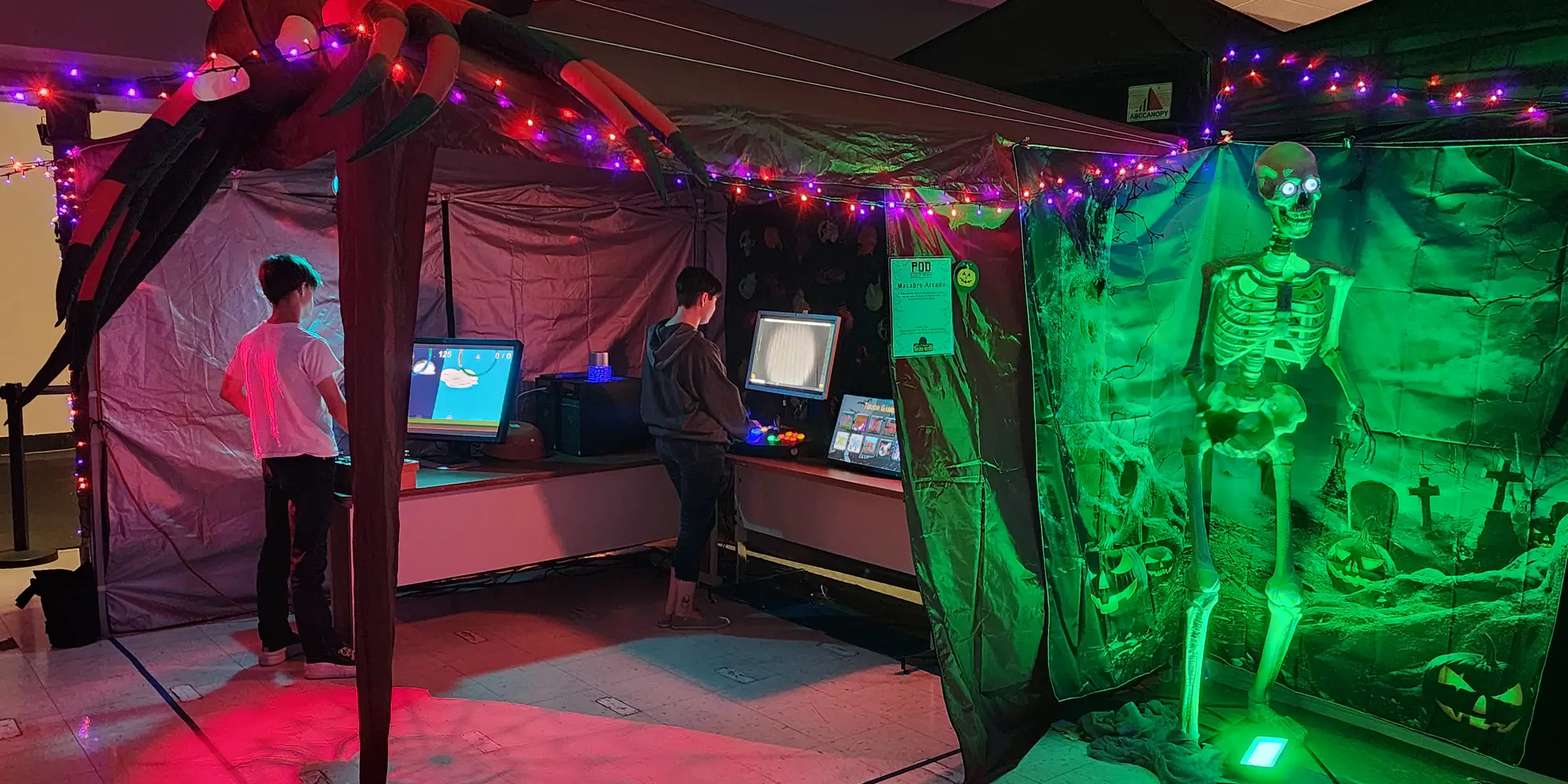
ETC Professor Provides a Practical Education in Horror
Media Inquiries
Ruth Comley designed her first haunted house early.
“I was maybe 12 or 13 years old,” she said. “My pastor wanted to do a haunted house in the basement of the church, and he came to me and said, ‘How do we do this?’ I took over and figured it all out. That was my first haunt.”
From the very start, Comley, an associate teaching professor who teaches Experience Design and other entertainment classes at Carnegie Mellon University’s Entertainment Technology Center (ETC), thought of her haunted houses as training grounds.
Her work outside the classroom is integral to her teaching. For many students focusing on location-based entertainment, practical experience can be hard to come by because of the resources and regulations involved in putting on something on that scale. But Comley, who has designed all kinds of experiences including haunted houses, is able to help them factor in both the predictable and the unpredictable when turning their designs into reality.
“It gives me the ability to try new things, and then to come back and bring it to the classroom, to talk to them about all the crazy things we’ve had to do,” Comley said.
The ins and outs of haunted houses
After the Khymira Experiment, a haunted house project led by Comley in the early 2000s that brought together faculty and students at Pittsburgh’s Art Institute (where she then worked), Comley and her team started getting hired to design other haunts in the area. But she quickly discovered how complicated designing haunted houses could be. “I would say 50% of the haunts I’ve designed have actually run, and 50% of them have been canceled.”
Most of the time, failure resulted from the amount of bureaucracy involved in getting a haunt up and running.
“Knowing the codes of the area you are building in, trying to build a relationship with the inspector to understand what they will approve, those things are all crucial,” Comley said. “Haunted houses especially have gotten a bad rap, and it’s important to show how we’re going to protect guests and keep them safe.”
The complexity of building codes can also pose their own unique challenge.
“How wide does a hallway need to be? How many lumens of light do you need to have at each point? Because almost every inspector hates total darkness,” she said. “You need to have the background on all the materials you use, every paint, every additive that you put into the paint has to be fire retardant. You have a notebook with all of the fire ratings for everything in it, and you have to have that on hand.”
“But if I can get (students) to understand those things,” she said, “then if they go to Universal or Disney for an internship, they’re already going to sound more intelligent because they will already be thinking about egress and safety and all those other things that some art student coming out of undergrad won’t be.”
And when her haunted houses worked out, the successes could be spectacular — and, like her defeats, down to the unexpected. One of these was Nightmare in North Versailles, which Comley designed in an old movie theater with raised seating. “We got a saw and cut the wall open. When we poked our head underneath the seating, all we heard was our voices echoing,” Comley said. “There was nothing in there that was dangerous. It was just this huge, empty, extremely dark concrete floor with metal girding.”
They made a rope maze in the space, and had a few actors standing near the girders striking them with metal hammers. “You don’t just get the sound, you get sparks. There were no props, there were no costumes, there was nothing, but it was one of the hottest rooms. Just you, walking in the dark, and this thing in there with you,” she said.
Frightening futures
Comley, who herself graduted from the ETC in 2005, no longer designs real haunted houses. Instead, she has started to think about how to create virtual ones as part of her work with Stage and Steel Productions, a theater company based in Follansbee, West Virginia, with a focus on productions of medieval and fantasy plays. But right now, they’re producing a more family-friendly Halloween experience — a festival with video games, puzzles, prize hunts and live performances. And while the timing isn’t right for ETC students to work on projects for it, Comley lets students use the festival to test drive their own work.
“Almost every festival has some little corner with projection mapping, and that’s an easy one for me to say, ‘Hey, if you want the experience, come down,’” she said. “You have no idea what it’s going to look like, so get something up and running in a couple of hours. You can take documentation, put it in your portfolio, and that’s still real-world experience.”
And it’s not a one-way street either. “I bring what I learned there back here, but I also take what I learned here back there,” she said. Inspired by her work at the ETC, Comley is currently working on developing virtual haunted houses for next year’s festival.
“I have none of the codes to worry about. I don’t have to carry the walls, I don’t have to store the walls, I don’t have to do anything,” she said. “I can just use everything I know about haunted houses.”
